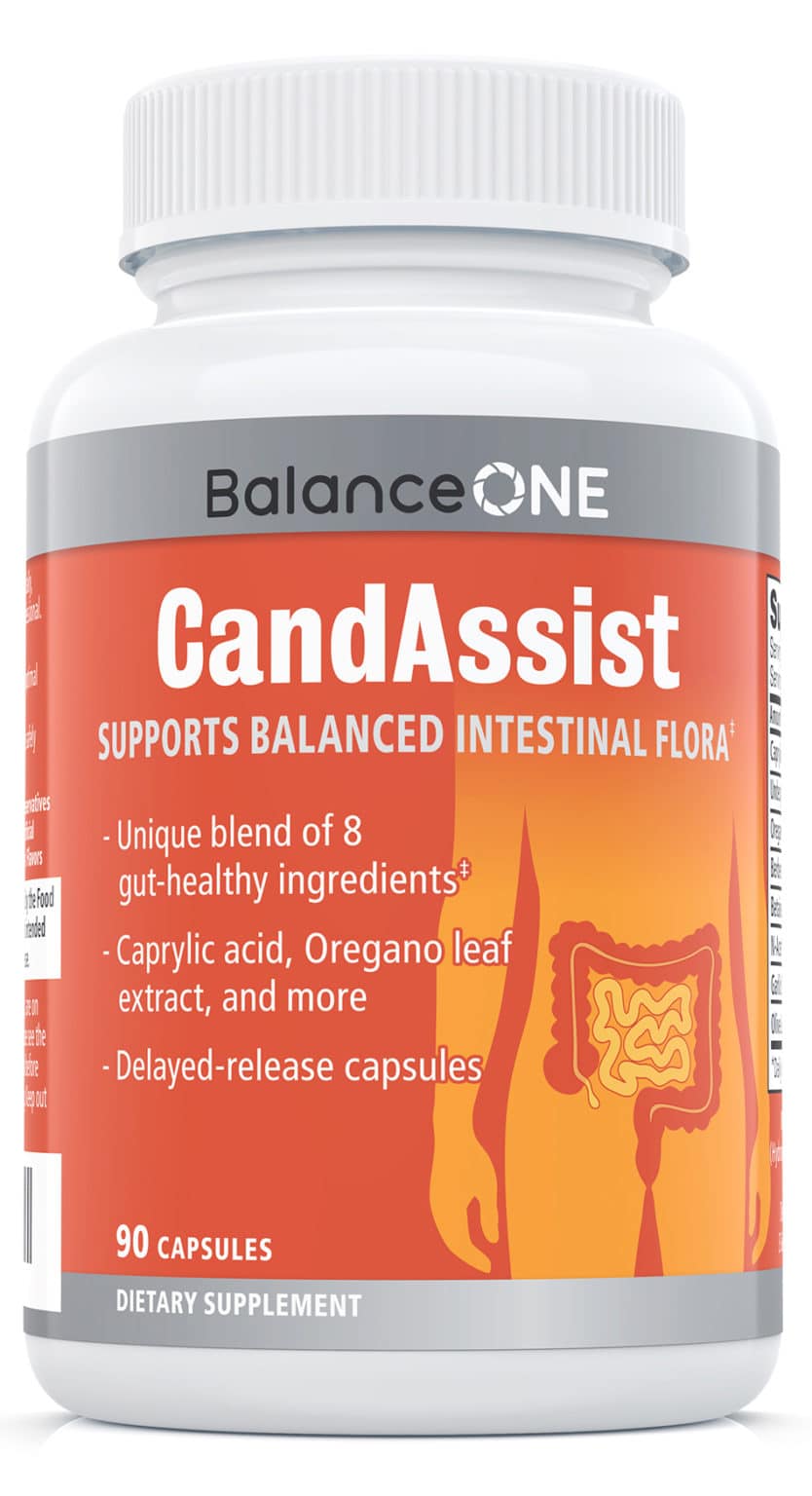
The proportion of cells undergoing apoptosis or necrosis, induced by the fatty acids tested, remains to be investigated. The cytotoxicity of the fatty acids was related to the carbon chain length and number of double bonds: docosahexaenoic acid=eicosapentaenoic acid=arachidonic acid=γ-linolenic acid=stearic acid=palmitic acid > linoleic acid=palmitoleic acid > vacenic acid=lauric acid > oleic acid > elaidic acid > capric acid > butyric acid > caprylic acid=caproic acid=propionic acid. There were no remarkable differences for the toxicity of the fatty acids between B and T cell lines.

It is also a posttranslational modifier of the ghrelin hormone and is produced in trace amounts in human tissues.

Caprylic Acid Ammonium Sulfate Precipitation Purified. Caprylic acid is enriched in coconut and in goat's milk. Rabbit anti-human T-cell surface antigen CD2 polyclonal Antibody, HRP conjugated. Toxicity was evaluated by either loss of membrane integrity and/or DNA fragmentation using flow cytometric analysis. Caprylic (octanoic) acid, a monocarboxylated saturated fatty acid, is among the best producers of ketone bodies and induces necrosis of experimental tumors at high dose. Functioning as part of the immune system, the lymphatic system helps to protect the body against infection and disease. In this study, we determined the highest concentrations of various fatty acids that are non-toxic to two human leukemic cell lines, Jurkat (T-lymphocyte) and Raji (B-lymphocyte). CTCLs belong to a larger group of disorders known as non-Hodgkin’s lymphomas (NHLs), which are related malignancies (cancers) that affect the lymphatic system (lymphomas). Higher concentrations of certain fatty acids, particularly polyunsaturated fatty acids (PUFAs) and volatile fatty acids, can cause cell death via apoptosis or, when concentrations are greater, necrosis. The fatty acids have an important role in the control of leukocyte metabolism and function.


 0 kommentar(er)
0 kommentar(er)
